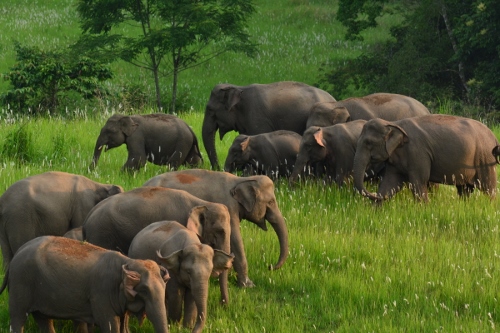NWA on Human Elephant Conflict mitigation in Asia
Do we need to refocus our efforts?
We at Nature & Wildlife Association believe so!
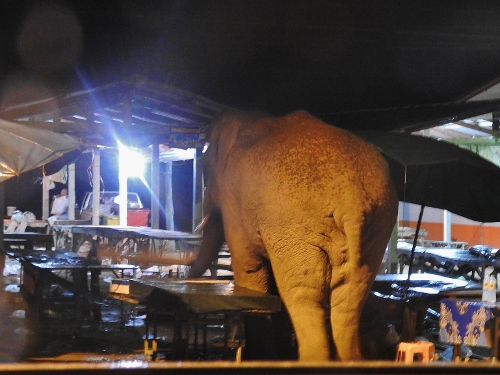
As habitats keep shrinking and wild elephant populations are stabilizing or growing, HEC is on the increase.
To understand the situation, let’s go through the current efforts:
- semi permanent fences, electric fences, walls, alarm fences, bee-hive fences, bio-fences and moats; these are valid methods to protect agricultural communities, but unless we fence in the whole protected areas, will only move the intrusions to the next village.
- deterrents to drive away elephants from “human Habitat” and farmland; all methods alone or in combinations work only for a time, as elephants will find a way to deal with them. Elephants tend to get more aggressive as a direct result to people using fire-crackers, light, noise, cars, fire and other similar methods.Both human and elephant casualties will increase as a result. For the time being, there are no alternatives, but new methods need to be developed and tested.
- capture for relocation and domestication; this is done in a number of countries with very limited success, it is also an outdated method, as the number of elephant casualties is very high. corridors; an important measure to guarantee genetic diversity and to avoid inbreeding, but as done in India is more like doing the second step before the first.
- education; a very important tool to create better understanding and coexistence.
- habitat improvement; neglected in many places, but in our opinion the key for sustainable HEC mitigation. Much more focus on this is needed, there are examples like Kui Buri National Park in Thailand where Human Elephant Conflict was reversed by proper habitat improvement. For successful habitat improvement 3 main criteria have to be met: food (grasslands as Asian elephants eat mainly grass, not trees), water and security.
What is needed for successful future HEC mitigation:
- urgent scientific research into habitat design.
- proper population data.
- scientific studies to estimate carrying capacities.
- studies on birth-control measures/contraceptives.
What Nature & Wildlife Association is doing:
- we are helping communities to set up alarm fences
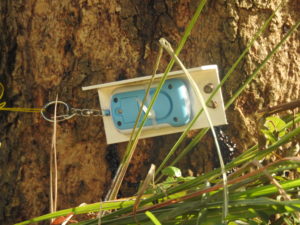
2. testing and implementing alternative tools:
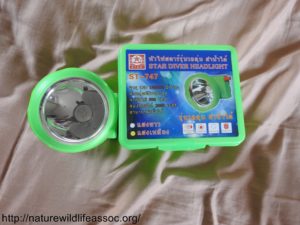
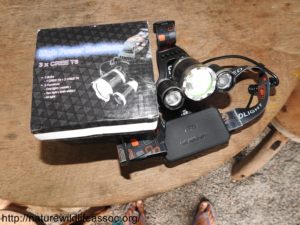
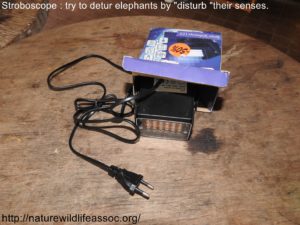
3. Elephant Quick ID training to identify individual elephants and their reaction to deterrents, to be able to use the best method.
https://www.youtube.com/watch?v=zK35L1JOsWA&t=28s
4.developing and implementing Elephant Photo id software base identification of all elephants, to create a database and reliable population data.

Andy Merk July 10. 2017
